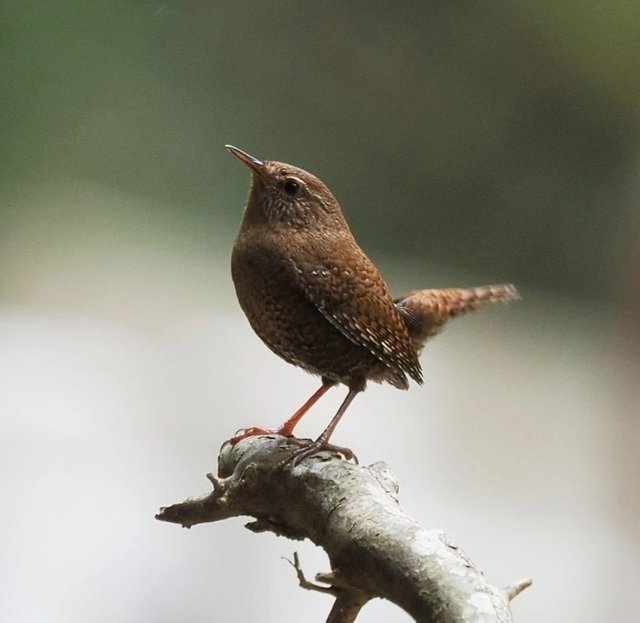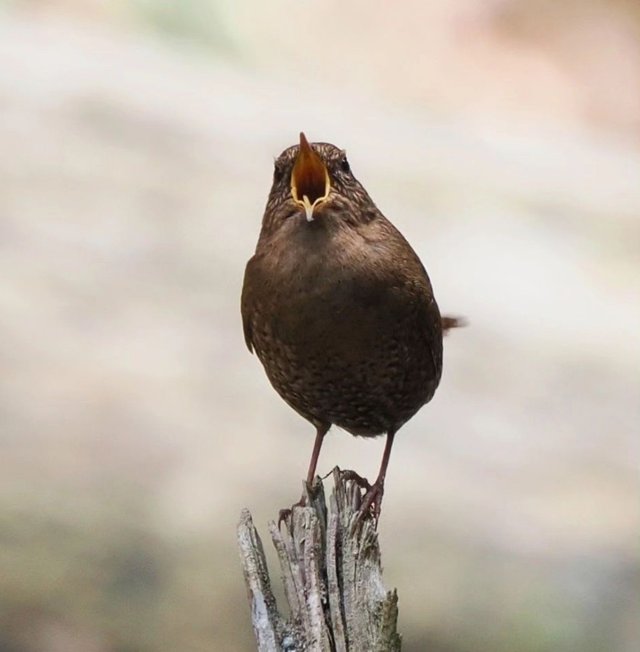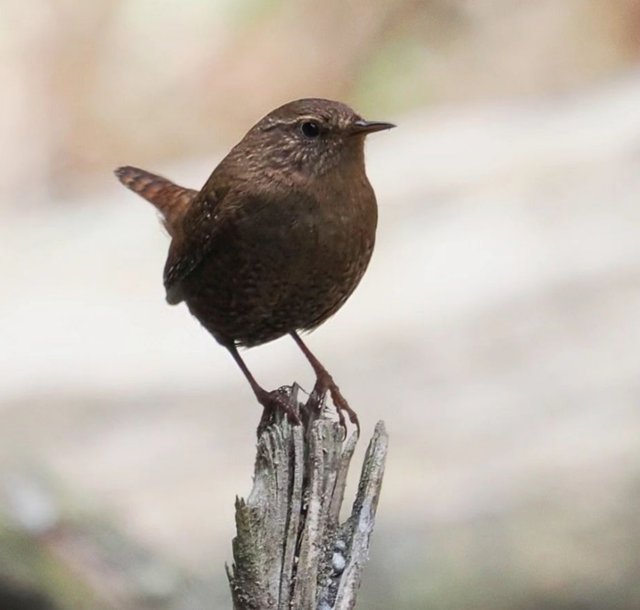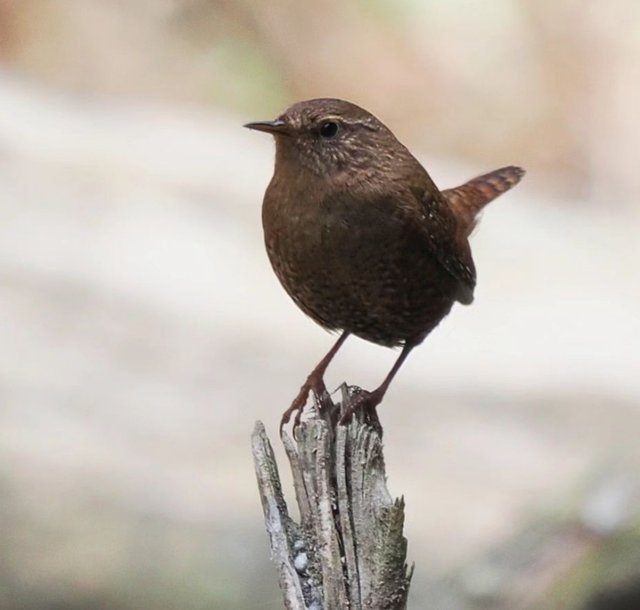So Cute Eurasian Wren Bird
The Eurasian wren is a small but captivating songbird that captures the hearts of bird enthusiasts and casual observers alike. Found across Europe, parts of Asia, and even into North Africa, this diminutive bird is known for its distinctive voice and energetic behavior. Despite its small size, the Eurasian wren has a robust and wide-ranging presence, making it one of the most fascinating species in the avian world.
Physical Characteristics
The Eurasian wren is a tiny bird, measuring only about 9-10.5 cm in length, with a wingspan of 13-17 cm. It typically weighs between 7 and 12 grams. Its plumage is primarily brown with fine barring, giving it a camouflaged appearance that helps it blend into its surroundings. The bird's short, round wings and slightly cocked tail, which is often held upright, are characteristic features. Its beak is slender and slightly downcurved, adapted for foraging among leaf litter and crevices.
Habitat and Distribution
Eurasian wrens are highly adaptable birds that can thrive in a variety of habitats. They are commonly found in woodlands, gardens, hedgerows, and even urban areas. Dense undergrowth, thickets, and piles of logs or rocks provide ideal cover and nesting sites. Their range extends from the British Isles across continental Europe, into parts of northern Africa, and throughout much of temperate and subarctic Asia. This extensive range makes the Eurasian wren one of the most widespread songbirds.
Behavior and Diet Despite their small size, Eurasian wrens are known for their bold and active behavior. They are often seen flitting about energetically, probing crevices and leaf litter for food. Their diet primarily consists of insects and spiders, but they will also consume small invertebrates and occasionally seeds and berries. During the breeding season, their foraging becomes even more intensive as they gather food for their young.
One of the most notable behaviors of the Eurasian wren is its song. Males are particularly vocal, producing a loud, complex, and melodious song that belies their tiny size. This song is used to establish territory and attract mates. The wren's call is a rapid, trilling sound, often delivered from a concealed perch within dense vegetation.
Reproduction and Lifespan
Eurasian wrens are monogamous during the breeding season, although some males may mate with multiple females. The breeding season typically begins in late spring and can extend into early summer. Males build several dome-shaped nests, usually in cavities, under roots, or in thick vegetation. These nests are constructed from moss, leaves, and feathers.




Thanks For Reading
Device Information
| Device | cannon eos 600D |
|---|---|
| Lens | 55-250 zoom leans |
| Location | Myanmar |
